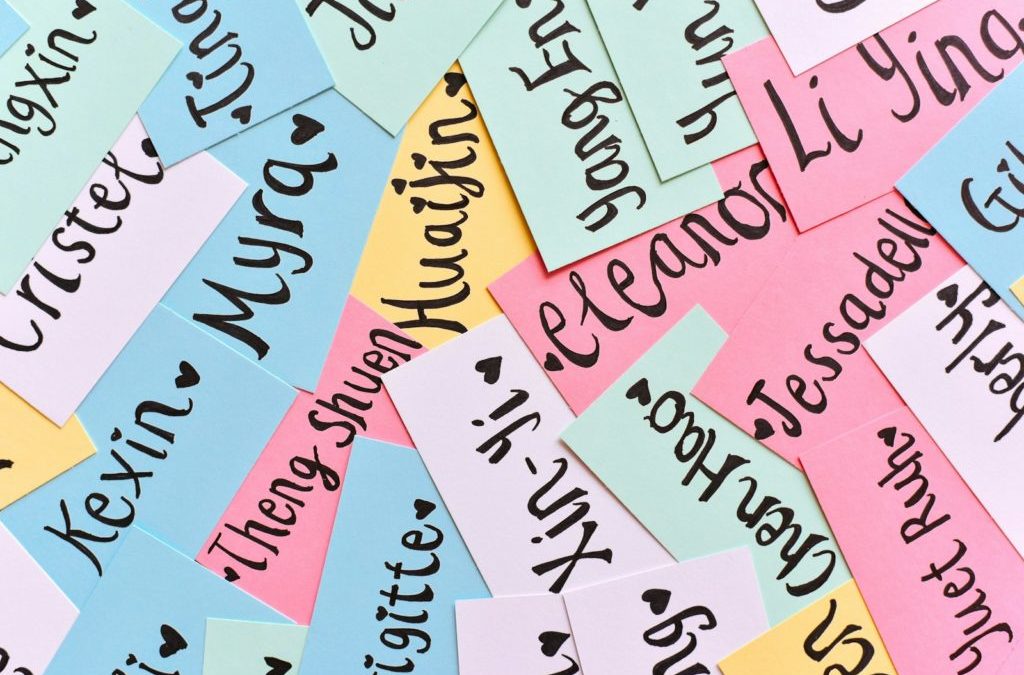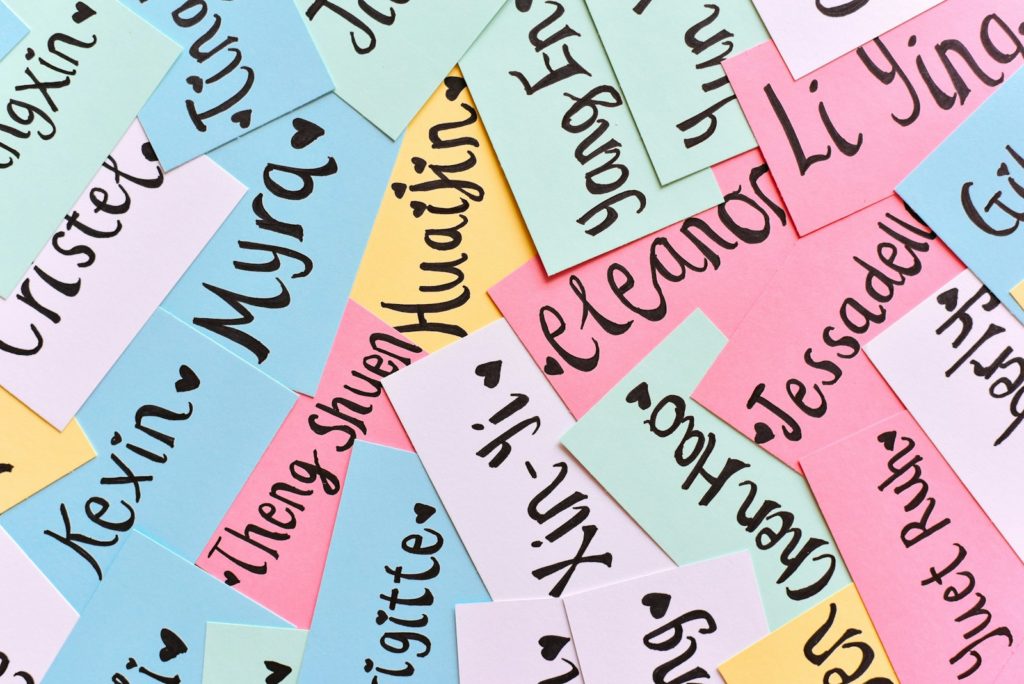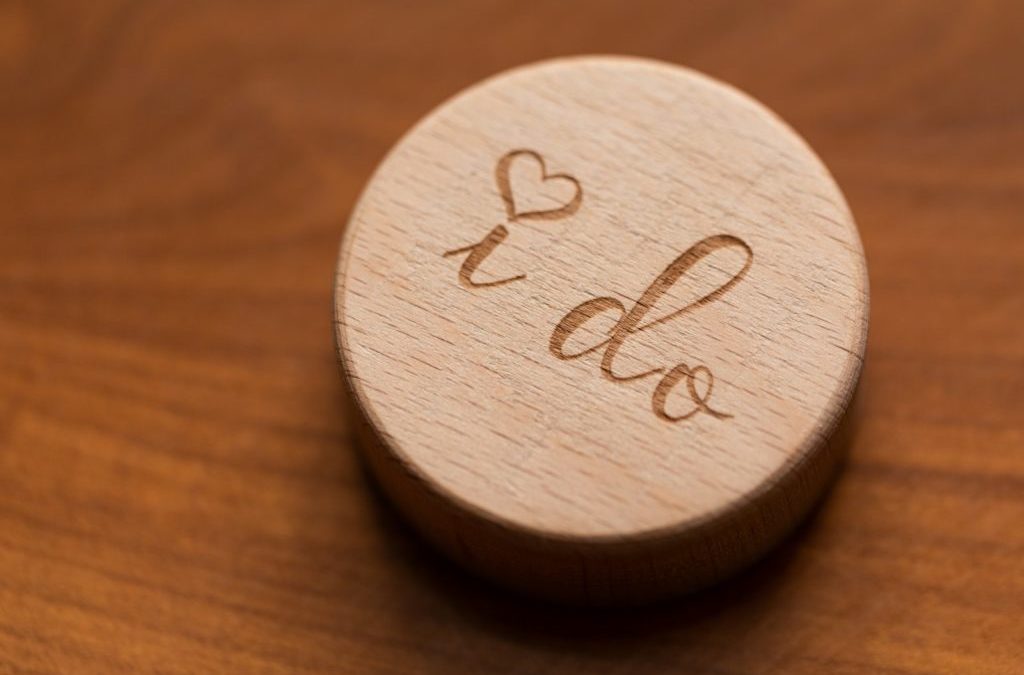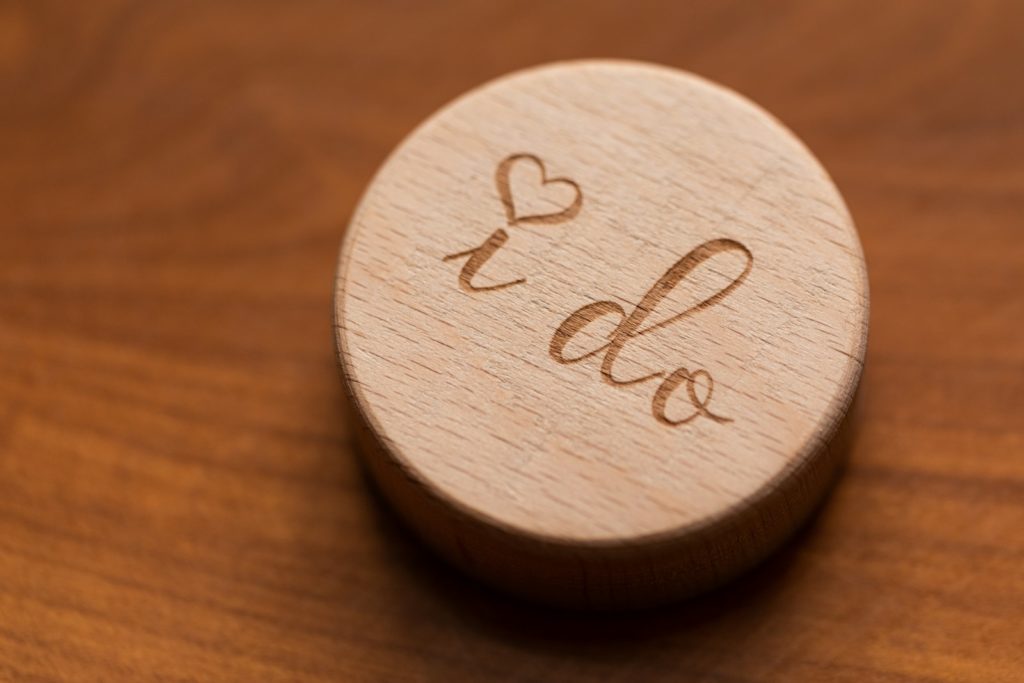
What shall you be called you during your wedding?
Your wedding should reflect your values: who you are, what communities you belong to, and who you stand for are all part of those values. An aspect that doesn’t get as much attention is how the officiant addresses you during the ceremony, as well as at its conclusion.

This isn’t about the names on the marriage license—that’s an important decision, but not one that matters during the ceremony. To get that license, you’ve proven your identities to a town or city clerk, and the officiant doesn’t have to confirm that information, or even use those particular legal names out loud. It’s possible that your legal names are music to your ears, but if that’s not true, no worries! You can be referred to and addressed by names of your choosing, and it won’t affect the legality of the ceremony. If your ceremony isn’t going to be a marriage in the legal sense, then it’s even easier, but in New York the requirements are not very difficult in any case.
Since that’s the case, let’s make sure the names used are ones you respond to normally. Calling someone “William” when their friends all know them as “Bill” is going to make for a stiff and uncomfortable ceremony—especially if Bill only got called William when having gotten into trouble. Weddings are a time of joy! Using names that make you feel tense is pretty much the opposite of joy. Let’s not do that.
Once you’ve decided on the officiant who fits your needs, you’re going to have a workshop session to talk about what you want in your ceremony, and what you do not want. Let’s be clear on what names you want to be spoken, and which ones should remain on paper and never get pronounced on your special day.
At the end of a wedding, you might want the officiant to announce you by your married names. This might also be done when you arrive at the reception; in that case, it’s typically a DJ or another person announcing you. No matter who does it, the first time the world is introduced to your married selves, make sure the announcer is clear on how you want it phrased. It’s not unusual to offer more formal names for this moment, but again, it’s not required. For some people, the names on that license are an exciting first line of a new chapter in life. For others, those names might be dead, and uncomfortable to hear. Don’t leave this important moment to chance. Be clear about your identities, and how you wish to have them presented to your loved ones at this moment of joy.


